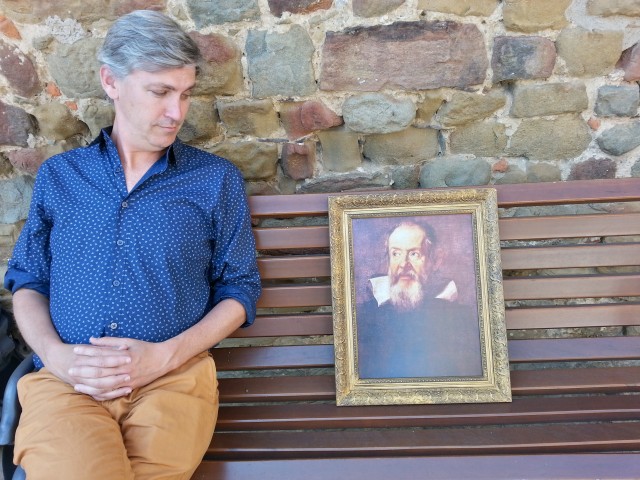Time zones, fiberglass, and frozen peas: PBS answers How We Got To Now
Ars Technica » Scientific Method 2014-10-15
Welcome to the fuzzy, friendly era of modern mainstream science. Radiolab, Mythbusters, and varied radio and TV shows hosted by Neil DeGrasse Tyson and Bill Nye have injected humor, bombast, and likeability into the medium’s weirdest stories (not to mention a zillion science-friendly GIFs into an average day of web browsing).
That trend goes some way in explaining the latest co-production from the BBC and NPR, which has decided on a host-first approach for their latest six-part series, How We Got To Now. But with longtime technology and science historian Steven Johnson at the helm, the perspective is a little different—not about otherworldly sights and jaw-dropping discoveries, but about finding the extraordinary in the ordinary.
As a result, the episode titles sound pretty boring, with themes like “cold,” “sound,” and “glass” dominating each hour-long dive into history. But while the series probably won’t make Johnson a Tyson-esque giant of popular science, the stories of How We Got To Now aren’t just a surprising look at how innovations beget innovations. They’re also an infinitely watchable greatest-hits look at Johnson’s impressive tech-history career.
Read 14 remaining paragraphs | Comments
